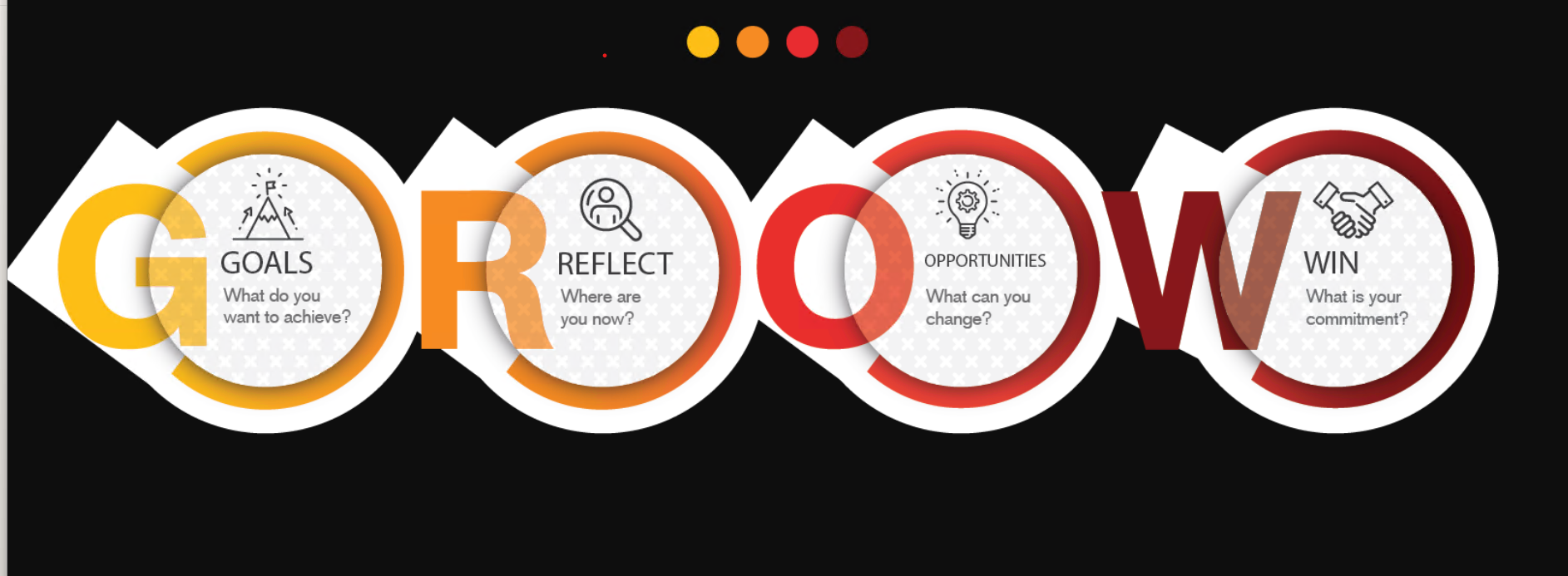Designing an Effective Customer Service Training Program: A Comprehensive Guide

Creating an effective customer service training program involves more than just imparting basic skills; it requires a strategic approach to ensure employees are equipped to deliver exceptional service consistently. Here’s a detailed guide to designing and implementing a successful customer service employee training program.
1. Assess Training Needs
a. Identify Objectives
-
Set Clear Goals: Define what you want to achieve with the training program. Goals might include improving customer satisfaction scores, reducing complaint resolution time, or enhancing communication skills.
b. Conduct a Needs Assessment
-
Analyze Current Performance: Review performance metrics, customer feedback, and employee evaluations to identify areas where training is needed.
-
Gather Input: Consult with employees, managers, and customers to understand their perspectives and identify specific training needs.
2. Design the Training Program
a. Develop a Curriculum
-
Core Topics: Include essential topics such as effective communication, empathy, problem-solving, conflict resolution, and product knowledge.
-
Advanced Skills: Consider advanced modules on handling difficult customers, upselling techniques, and using customer service technology.
b. Choose Training Methods
-
Interactive Workshops: Use workshops for hands-on practice, role-playing, and group discussions.
-
E-Learning Modules: Provide flexibility with online courses and interactive e-learning platforms.
-
On-the-Job Training: Incorporate real-world experience through shadowing, mentoring, and practical exercises.
c. Create Training Materials
-
Manuals and Guides: Develop comprehensive manuals and guides that cover key concepts, procedures, and best practices.
-
Visual Aids: Use videos, infographics, and slides to reinforce learning and make complex topics easier to understand.
-
Scenario-Based Exercises: Design scenarios and role-plays that reflect real customer interactions and challenges.
3. Implement the Training Program
a. Schedule and Logistics
-
Training Sessions: Plan the timing and frequency of training sessions to minimize disruption to daily operations. Consider options such as full-day workshops or shorter, more frequent sessions.
-
Venue and Equipment: Arrange for appropriate training venues and equipment, including projectors, computers, and internet access.
b. Facilitate the Training
-
Trainers and Coaches: Engage experienced trainers or coaches who can deliver content effectively and provide valuable insights. Ensure they are skilled in engaging and motivating participants.
-
Interactive Learning: Encourage active participation through discussions, group activities, and practical exercises.
c. Monitor and Support
-
Provide Resources: Offer ongoing access to training materials, online resources, and support tools.
-
Encourage Feedback: Create opportunities for participants to provide feedback on the training experience and suggest improvements.
4. Evaluate Training Effectiveness
a. Measure Outcomes
-
Performance Metrics: Track key performance indicators (KPIs) such as customer satisfaction scores, resolution times, and employee performance metrics to assess the impact of the training.
-
Surveys and Feedback: Collect feedback from participants and customers to gauge the effectiveness of the training and identify areas for improvement.
b. Analyze Results
-
Identify Trends: Analyze data to identify trends, strengths, and areas needing further attention.
-
Adjust Training: Make necessary adjustments to the training program based on feedback and performance data.
5. Sustain and Enhance the Training Program
a. Continuous Improvement
-
Refresher Courses: Offer periodic refresher courses to reinforce learning and update employees on new procedures or technologies.
-
Advanced Training: Provide opportunities for advanced training and professional development to further enhance skills.
b. Recognition and Rewards
-
Celebrate Achievements: Recognize and reward employees who demonstrate exceptional customer service and apply their training effectively.
-
Incentive Programs: Implement incentive programs that align with training objectives, such as bonuses for high customer satisfaction scores or completion of advanced training modules.
c. Foster a Learning Culture
-
Encourage Ongoing Development: Promote a culture of continuous learning by encouraging employees to pursue additional training and professional development opportunities.
-
Share Best Practices: Facilitate knowledge sharing and collaboration among employees to reinforce best practices and innovative approaches.
6. Conclusion
Designing an effective customer service training program involves assessing needs, developing a comprehensive curriculum, choosing appropriate training methods, and implementing and evaluating the program thoroughly. By focusing on core and advanced skills, utilizing diverse learning methods, and providing ongoing support and recognition, organizations can enhance their customer service capabilities and drive success. A well-designed training program not only improves customer interactions but also contributes to overall employee satisfaction and organizational performance.
- Industry
- Art
- Causes
- Crafts
- Dance
- Drinks
- Film
- Fitness
- Food
- Spellen
- Gardening
- Health
- Home
- Literature
- Music
- Networking
- Other
- Party
- Religion
- Shopping
- Sports
- Theater
- Wellness
- News


